In addition to the more traditional methods of consumption, people are seeing much success with pain-relieving topicals, capsules, balms, tinctures and more.
 Photo by: Gina Coleman/Weedmaps
Photo by: Gina Coleman/WeedmapsImage lightbox

While many of these methods are straightforward – you swallow a capsule, rub balm or lotion on your skin – others have multiple uses. Tinctures, for example, can be both consumed under the tongue (sublingually), or rubbed directly on the affected area for fast pain relief. When in doubt, read the directions or ask someone at your local retail location.
What kinds of non smokable cannabis products are there?
In the rapidly evolving cannabis industry, new products are entering the market daily. Many of these new products are familiar to medical patients because their application has been in use for pharmaceutical purposes for decades.
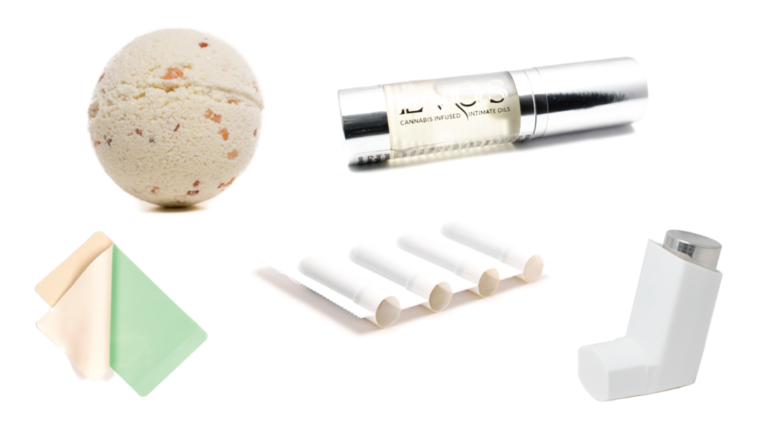 Photo by: Gina Coleman/Weedmaps
Photo by: Gina Coleman/WeedmapsImage lightbox

Capsules are a simple way to accurately dose and easily consume cannabis oils. Taken like a vitamin, capsules enter the digestive tract, where they're broken down and the cannabinoids contained within are released. Transdermal patches and inhalers are gaining popularity as they're discreet methods that don't contain the additional calories that often come with edibles.
The most common types of cannabis products that don't quite fit into smoking, vaporizing or edible consumption categories include tinctures and topicals.
What are tinctures?
By definition, a tincture is an herbal solution made with alcohol as the primary extraction solvent. In the cannabis product realm, the term tincture is being used to define concentrated liquid preparations that are meant to be applied topically or orally. Tinctures are versatile and allow for accurate dosing and titration.
Cannabis tinctures can be made from the raw cannabinoids THCA and CBDA or can be heated (a process known as decarboxylation) to convert the raw cannabinoids to THC and CBD. Most preparations are labeled with the main cannabinoids.
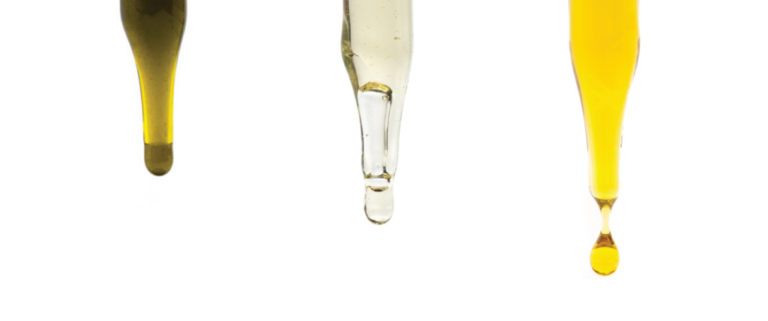 Photo by: Gina Coleman/Weedmaps
Photo by: Gina Coleman/WeedmapsImage lightbox

How do tinctures work?
When applied sublingually, tinctures are absorbed through the body via blood vessels located under the tongue. This allows for relatively fast delivery directly into the bloodstream, where the cannabinoids can then be distributed to the cannabinoid receptors throughout the brain and body. Sublingual absorption provides onset as quickly as 15 minutes. Cannabinoids not absorbed under the tongue will travel with the carrier liquid through the digestive tract, where they'll be absorbed like an edible — so, tinctures can present delayed onset of effects as well. When blended with food or drink, tinctures act in much the same way as edibles.
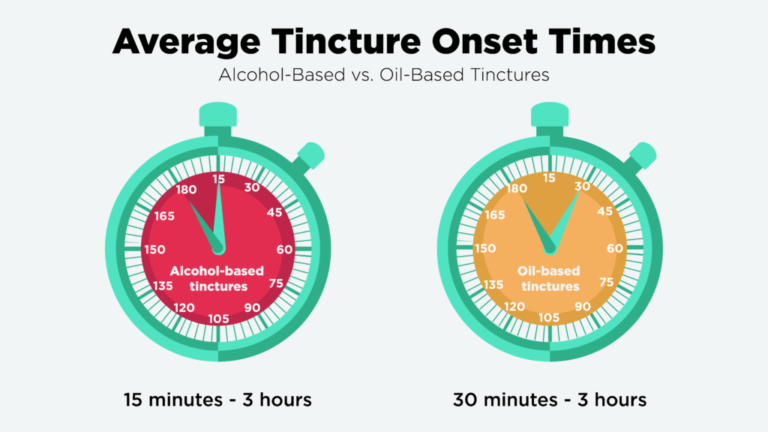
Image lightbox

Tincture dosage
The appropriate dose of a tincture depends on a variety of factors, including a person's individual endocannabinoid makeup and the desired effects they wish to receive. In tincture applications, a method called “self titration” is recommended to determine your optimal dosage. Titration essentially means working up to the desired effect, starting with a low dose and adding gradually until the desired effect is reached.
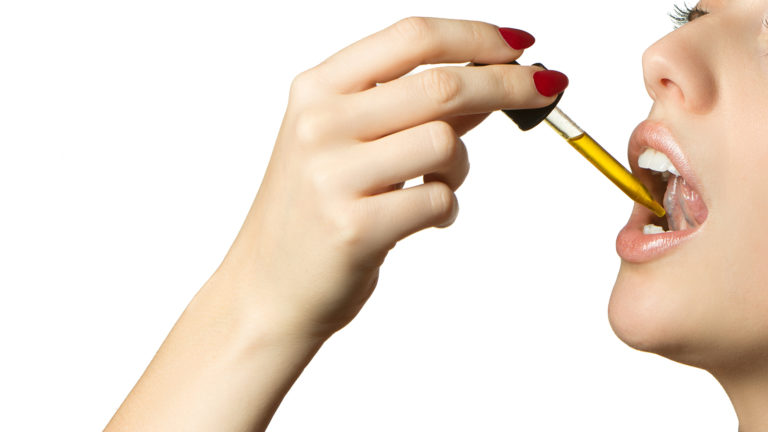 Photo by: Gina Coleman/Weedmaps
Photo by: Gina Coleman/WeedmapsImage lightbox

What are topicals?
A topical is a cannabis product, such as a lotion, balm, bath salts or a transdermal patch, meant to be applied directly to the affected area for symptom relief. Topicals provide localized effects to a specific area of the skin, joints, or muscles, and typically do not produce a psychoactive effect when used.
 Photo by: Gina Coleman/Weedmaps
Photo by: Gina Coleman/WeedmapsImage lightbox

Topicals are made by infusing cannabis distillate or crystalline into a topically applied product, such as lotion.
How topicals work
Lotions, balms, and transdermal patches are applied to the surface of the skin, allowing cannabinoids to penetrate the dermal and subdermal layers. These layers of the skin provide pathways for relief that allow the cannabinoids to meet and bind with receptors located in the skin and throughout the body. These receptors regulate how one experiences sensations like pain and discomfort.
Topicals are used for relief from symptoms of injuries and inflammatory conditions that result in bone, muscle, ligament, and tendon pain. To provide relief from inflammation in a localized area, balm is applied directly to the surface of the skin on the affected area. Transdermal patches are another option for those in search of localized relief and have shown promise in providing systemic pain relief through prolonged administration.
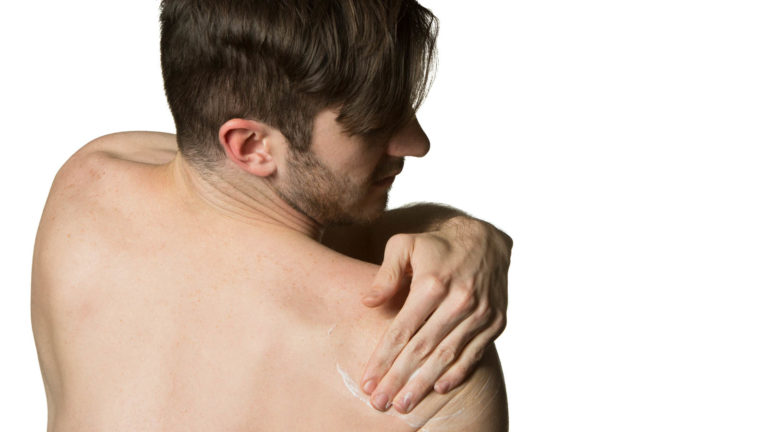 Photo by: Gina Coleman/Weedmaps
Photo by: Gina Coleman/WeedmapsImage lightbox

Topical dosage and duration
The dosage and duration of topical use varies as this versatile category is used by consumers to alleviate many ailments, from sore muscles to inflammation. It's important to read the labels on these products, as many topical preparations contain other natural ingredients. People with allergies should be vigilant about reading labels to avoid an allergic reaction.

Image lightbox

Onset time for topicals can be almost instantaneous with some, while for others it can take up to an hour for a person to feel the effects. Some manufacturers have developed technology for enhanced bioavailability of cannabinoids — how quickly the body can absorb and feel the resulting effects. Products created with this type of technology have faster uptake times for immediate relief to the localized area. When in doubt, read the label. Duration of effects can vary depending on the ingredients, but in general, most people report 4 to 6 hours of relief with topical use.

